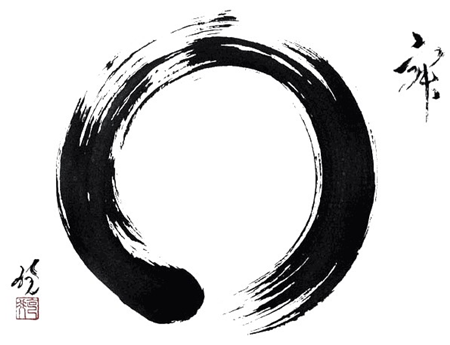This afternoon at a crowded Starbucks in Back Bay — where I was writing furiously to finish my latest rewrite while gorging myself with pumpkin scones — there was a homeless man sitting alone in one of the burgundy plush chairs. He had the typical homeless look: scraggly hair, sunken eyes, windburned skin, ragged army jacket, patinaed head to toe with dirt. But he was also handsome in a down-and-out way. He had a thin face with dignified features. His nose was as narrow as a shark’s fin. When he smiled, his teeth were very straight and white. There were laugh lines around his eyes and mouth which, if he were a banker or lawyer, would have seemed very distinguished.
This man was carrying on an animated conversation with an imaginary friend, who seemed to be sitting by the man’s left knee. The man would turn to his invisible friend and say, “It was a gentleman’s agreement.… Spartacus was the leader of the Anatolians.… It was Johnson was the leader then.… I told him, ‘Don’t do it,’ but he wouldn’t listen.” As I was only hearing half of the conversation, I can’t say what tied these sentences together. He kept repeating the phrase “it was a gentleman’s agreement” over and over; he seemed to be telling his friend a story about how he’d been stiffed somehow. (What part Spartacus and his brave Anatolians played in the whole thing is anybody’s guess.)
What set this man apart from the usual crazy, murmuring homeless guy was how well he acted the part of a man in conversation. He listened attentively while his imaginary friend spoke. He nodded and smiled. When his friend made a joke (apparently), he pointed and grinned appreciatively: good one. He spoke in an ordinary, natural conversational tone, with the sort of expressive gesturing you see in a lot of hand-talkers. And he did all this without acknowledging the crowd of customers on every side of him.
I watched this performance furtively, avoiding eye contact, ducking down behind my laptop, and I thought, How sad, a crazy homeless guy talking to himself.
Then it occurred to me that I was writing dialogue, too. Specifically, I was imagining a conversation among four fictional characters, all of whom I have described in elaborate, fastidious, lunatic detail over the course of five hundred or so double-spaced pages, a project that has taken me the better part of three years now.
Then the homeless man left, and I was the only crazy one.
